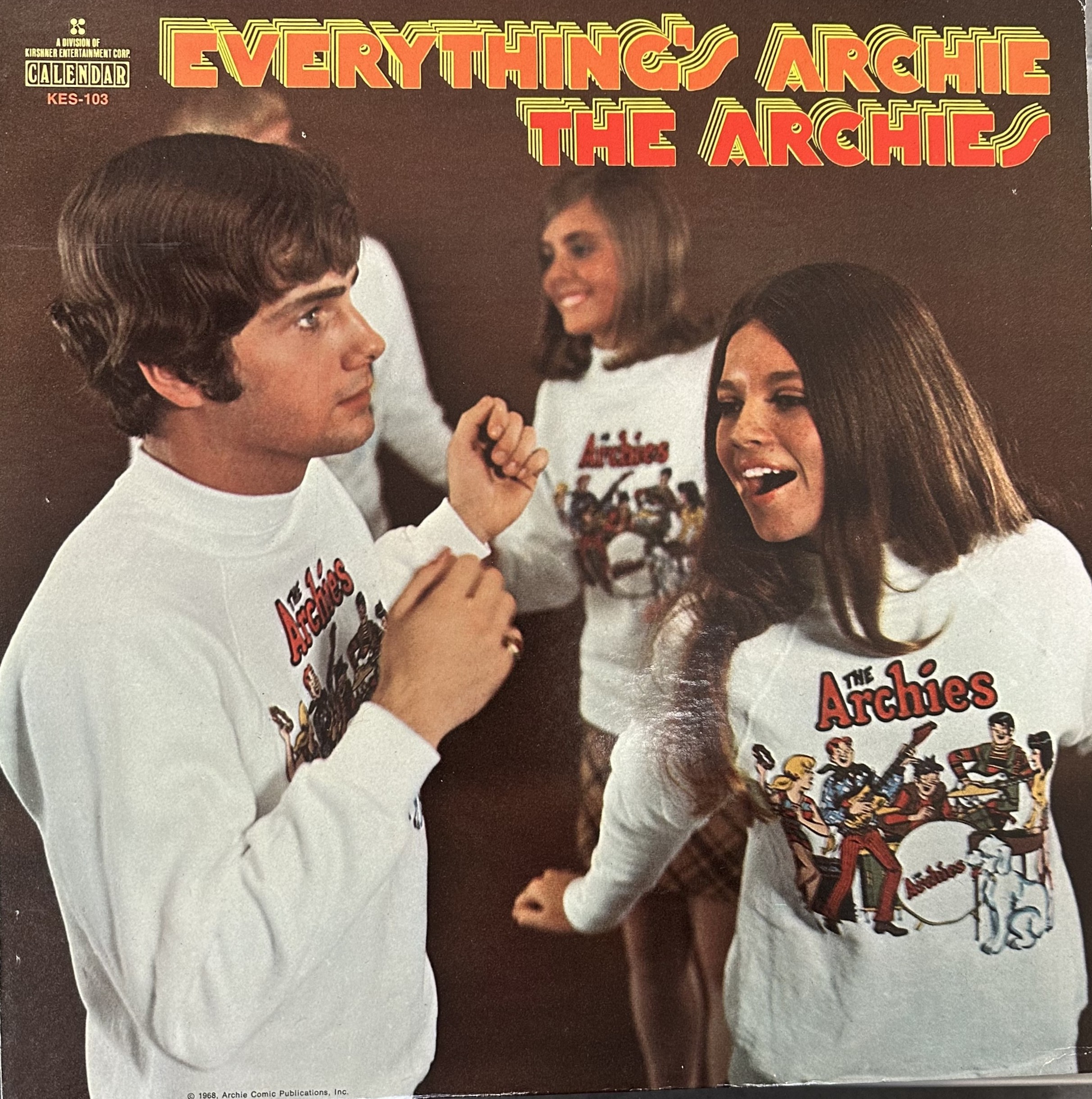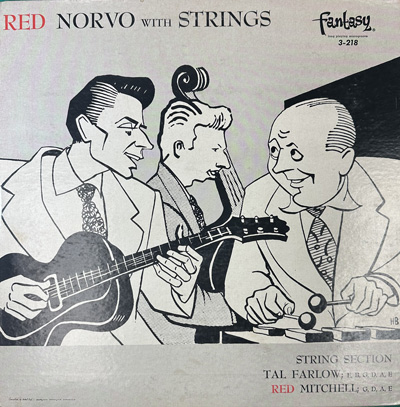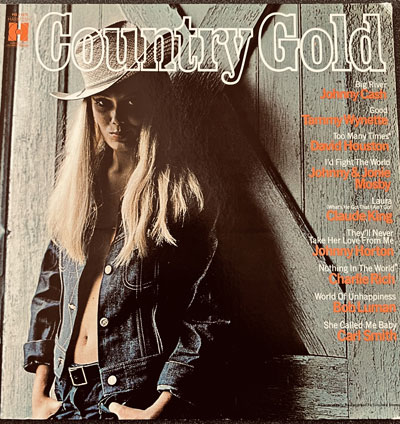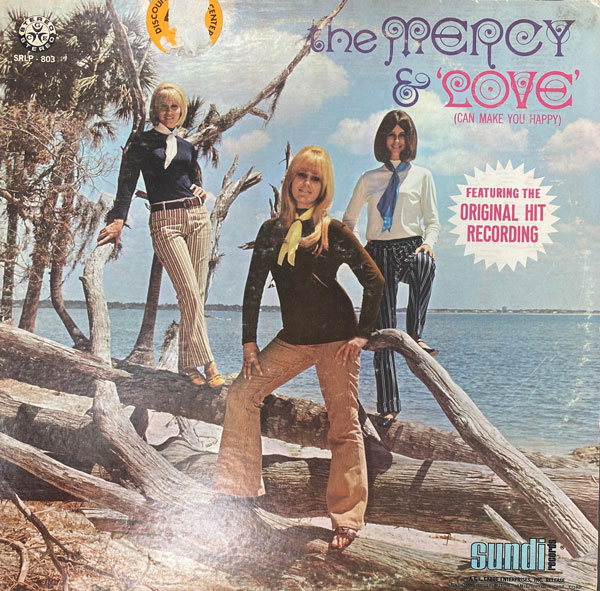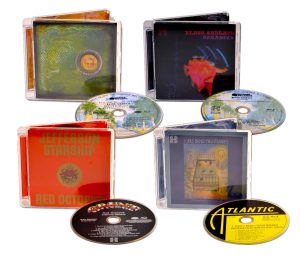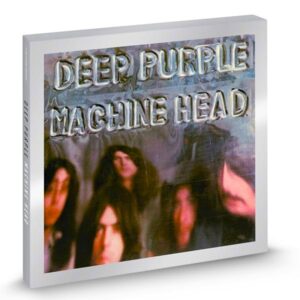If you've collected fifties and sixties era vinyl then you know the names Arthur Lyman (1932 - 2002) and Martin Denny (1911 - 2005). They were, during the aptly named Golden Age Of Stereophonic Recordings, the kings of what is today called exotica music. The reason I know these two musicians is because my dad owned mono copies of Lyman's Taboo (HIFI R806) and Bwana A (HIFI R808). I first recall hearing these two LPs in 1971. I was an impressionable eleven-year-old, and I loved this music, especially Taboo. I was unaware that Lyman's music was loosely based Hawaiian music, rather than it being the real thing. It also didn't occur to me that these albums were recorded and released in stereo until I found stereo copies in the mid 80s. It turns out that all of Lyman's albums were released in stereo, and not just any kind of stereo, but spectacular demonstration level stereo. Another thing I discovered in the 80s was Martin Denny, whose stereo Liberty LPs have equally impressive stereo sound, and quieter vinyl.
I also discovered that Lyman and Denny spawned a number of imitators. One of them was Milt Raskin (1916 - 1977). Raskin was a pianist and arranger who worked in the big bands led by Tommy Dorsey and Gene Krupa. In the 1950s he worked with people such as Count Basie and Stan Kenton. In 1959 he led a group of Los Angeles studio musicians in the creation of Kapu (Crown CST 142), an album specifically recorded to emulate the music of Lyman and Denny.
I tend to drift towards my exotica LPs, or to the reissues of those LPs on CD. One reason is because the early stereo exotica albums, with their wide variety of incredibly real sounding instruments, are the perfect ear candy for my inner audiophile. Another reason is because I enjoy the music. The colorful instrumentation found on Kapu includes piano, flute, piccolo, harp, and organ. A variety of percussion instruments is also used, including bongos, tympany, boombam drums, and a cowbell. One instrument that sets Kapu apart from any record that I've ever owned is its use of the Hammond Novachord keyboard. The Novachord, made between 1939 and 1942, was the first polyphonic synthesizer. It's also the granddaddy of the Hammond Solovox and Chord Organs. Often used on science fiction soundtracks, the Novachord gives Kapu an otherworldly sound that is unique among records. Another thing that Kapu has going for it is phenomenal stereo sound. The recording engineer for this album was none other than the legend of 60s rock engineering, Bones Howe. The studio was the famous Radio Recorders in Hollywood where Howe recorded Elvis Presley and Ella Fitzgerald.
Kapu opens with the mysterious sounding title track. The first instrument you hear is a kalimba played in its lowest register. It is soon followed by a Hammond Chord Organ played in unison with the Hammond Novachord. Raskin's piano soon enters, accompanied by the conga and a cowbell. Steady thumps from the conga player keeps the intro moving forward. Soon we hear the spooky sound of a solo Novachord which is complemented by some soft embellishments from the vibes. Scrapers and bells come from the right and the left. Soon the woodwinds enter, mimicking the Novachord. Raskin's piano returns and takes center stage with some more help from the cowbell, which appears on the right. Soon the Novachord reemerges softly on the right, adding a peculiar and addicting mood to the music. The cowbell is heard again as the repetitive tune slowly grows agitated. After the intro, in which every member of the band is introduced, the cut jumps into Afro-Cuban madness. By the time the cut ends you want only one thing: More! It's worth noting that the sound is startling in its realism and stereo imagery.
The second cut is "Koko Head." The first thing you hear are boobam drums on the right side, which are soon followed by some delightful harp playing from the great Anne Mason Stockton. Winds are on the left and the Novachord is on the right. On this cut the Novachord sounds like a cross between a Fender Rhodes keyboard and a vibraphone. It's an irresistible sound that I could enjoy for an entire concert. This is my favorite cut, and it sounds like the music for a jungle adventure movie.
Cut three opens with what can only be described as musical incense. The Novachord player is playing an Egyptian-like tune, as in old school Hollywood Egyptian. The slow intro segues into percussion madness, focusing on Raskin's piano, with lots of help from the tympani and bells. This tune is architecturally similar to Richard Strauss's Dance Of The Seven Veils, and equally exciting.
The fourth cut is mellow Latin jazz, and our attention is focused on Raskin's piano, with some help from some woodwinds and the conga. Reverb is gently used to create a darkened mood, and that mood is similar to the moods created by George Shearing on his lightly-Latin Capitol albums. The one thing that sets this cut apart from the numerous easy jazz LPs of its era is that awesome sounding Novachord.
I wouldn't call the rest of Kapu sleepy. The ground-breaking adventure of the first three cuts never returns. The rest of the album is a great listen if you just want to enjoy some very well recorded exotica-flavored light jazz. Overall this album is one of the true gems of the exotica era. It has superb quality sound. The red vinyl only adds to its retro appeal.






